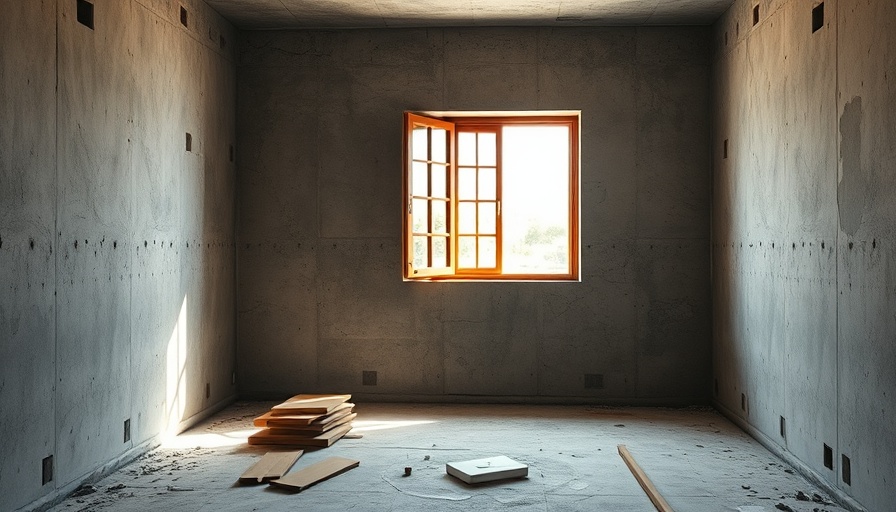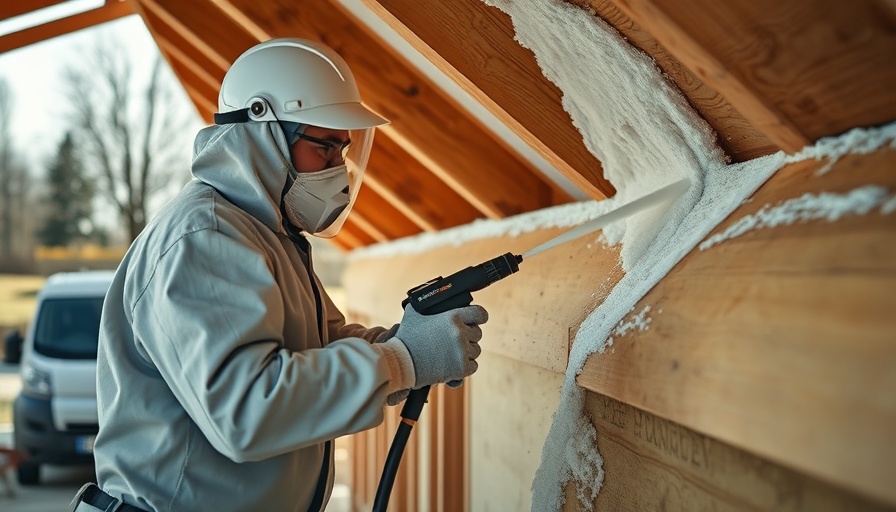
Understanding the Freezing Problems of Mitsubishi PUZ-ZM Series
Puzzled about why your Mitsubishi PUZ-ZM series system might be freezing up? You’re not alone. Numerous users have reported similar issues, highlighting that this problem can disrupt the comfort of their homes quickly. When a heat pump or air conditioning system begins to freeze, it not only affects performance but can also lead to bigger problems down the line if not addressed promptly.
The Science Behind the Freeze-Up
Heating and cooling systems, particularly those with heat pumps, utilize refrigerants to transfer heat. If a system isn’t charged correctly or if there’s an airflow restriction, refrigerant can cool down too much, causing moisture in the air to freeze on the coils. A common cause of this includes dirty filters or blocked vents, which reduce airflow. It’s important to regularly maintain your system and check filters and returns if you're facing similar issues.
Real-Life Experiences: Lessons Learned
For instance, one homeowner reported a consistent freezing problem with their multi-zone Mitsubishi system despite attempts to adjust settings. It turns out the system was improperly charged, and once additional refrigerant was added, functionality returned to normal. This illustrates the importance of hiring qualified professionals who can ensure proper setup and maintenance of such systems.
Future Outlook and Innovations
The evolution of HVAC technology is promising, aiming to prevent issues like freezing up in modern systems. With innovations aimed at better monitoring refrigerant levels and addressing airflow dynamics, homeowners can expect more reliable performance. Integral to this progress is the role of qualified technicians who understand advanced HVAC technology and can implement fixes that enhance system performance.
Key Takeaways to Avoid Freezing
To prevent freezing issues with your Mitsubishi PUZ-ZM series: 1) Regularly check air filters and ductwork for blockages; 2) Ensure the refrigerant levels are appropriately charged; and 3) Consult with a certified technician for routine maintenance. Fostering these practices not only maintains the efficiency of your system but also extends its lifespan.
Incorporating these insights can help ensure your Mitsubishi system runs smoothly without freezing issues. Stay informed and proactive in your home maintenance approach to enjoy a comfortable living atmosphere.
 Add Row
Add Row  Add
Add 




Write A Comment